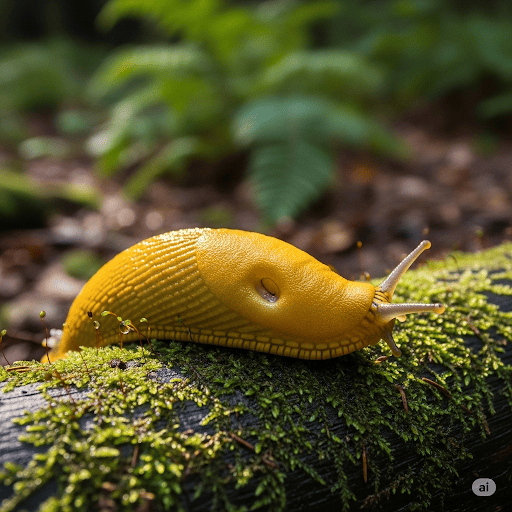
The Fear of Worms
A peaceful, rainy stroll turns into a panic attack – deepest fear – worms. Those harmless, wriggling creatures that invade the sidewalks after rain. Tiptoeing between them in horror, romance rain is gone. So why are we afraid of worms?
I was walking my dog in the rain. Oh, that springtime romance: raindrops tapping on the umbrella, boots splashing through puddles, sending sprays flying. Some people hide under building entrances, others run by with or without umbrellas. I’m walking, thinking how sometimes it’s just so nice to stroll alone like this, in the rain, breathing in the fresh air of Konkovo, with no rush anywhere. I walk and create my own little world, with a mysterious smile thinking how amazing everything is around me, how warm and welcoming home is, and reminding myself to definitely do something kind…
Yes, I walk thinking how romantic it is, again romantic, to walk in the rain, inhaling the scent…
Then I look down and suddenly remember—I’m terrified of worms. Wildly, panically, uncontrollably! Snakes don’t scare me as much anymore, but worms? Total disaster—I can’t even look at them.
And it’s their favorite time—the earth warmed up, they thawed out, and with the first rain they crawl, crawl right onto the asphalt at my feet.
I can’t walk or think about doing anything good. My rainy romance is ruined.
I step carefully between these slimy creatures, tiptoeing around each one, peering down—worm or twig? Moving? No? Because the worst is stepping on one.
If you step on one… I don’t even know what will happen next. To me, to the Universe. I can’t even imagine what that sound would be! Or what that feeling would be like, somewhere on the sole of my boot!
***
So why are we afraid of worms?
Though seemingly irrational, it often stems from a mix of instinct, disgust, and lack of control. Their soft, slimy, unpredictable movements trigger a visceral reaction rooted in our brain’s ancient threat-detection system – anything unfamiliar, shapeless, or hard to read can signal danger. In more extreme cases it turns into scoleciphobia. For some, it’s a matter of texture and the fear of contamination.
It took me a while to understand that for me, it’s tied to childhood stories and myths, or the unsettling idea of tiny creatures wriggling beneath our feet.
The creepiest story I’ve ever read. Definitely not from children books but somehow found in our family library – The Grimm Brothers’ tale The Juniper Tree. A young boy who is cruelly killed by his stepmother. After his burial beneath a juniper tree, magical events follow – his spirit transforms into a bird that sings haunting songs, revealing the crime and bringing justice. I was vividly imagining how his body decays and the earth itself seems alive, full of worms coming from a dead person, mixed with secrets and ability to rebirth.
***
Research “Scary and nasty beasts: Self-reported fear and disgust of common phobic animals” explains that fear of crawling creatures is “embodied cognition”: We associate physical sensations (like squishing or crawling) with emotional reactions, which explains why even imagining stepping on a worm can provoke anxiety or revulsion. Animal phobias are common mental health issues. In a study, people rated 25 animal photos based on how much fear or disgust they felt. They also completed four fear and disgust questionnaires. Results showed two main patterns: some people had general fear of many animals, while most responders feared just snakes and spiders. Only snakes, spiders, and parasites caused the strongest fear and disgust.
What shows this research? Well, it just helps scientists and doctors develop better tools to detect and treat animal phobias.
_____
And here’s the origin of this creepy The Grimm Brothers’ tale The Juniper Tree.